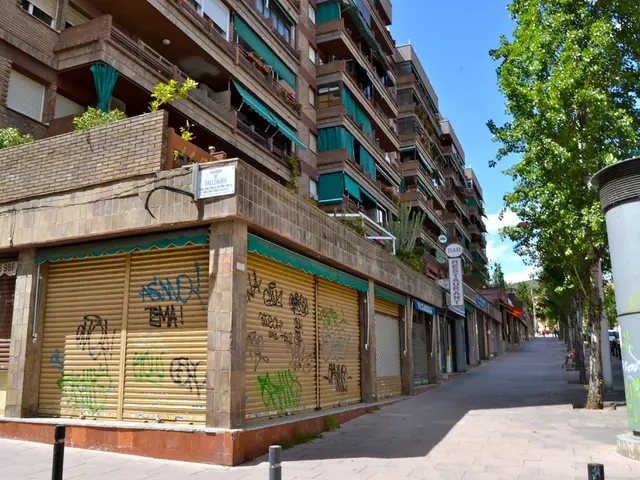Rome Bones Buried in Leipzig After 150 Years - Leipzig Buries Roma Remains After 150 Years, Colonial Skulls Still Spark Debate
A somber ceremony took place in Leipzig as three sets of Roma remains, collected for racist research over 150 years ago, were finally laid to rest. The remains, including three skulls, had been housed at the Institute of Anatomy in Leipzig since the late 19th century.
The skulls, part of a larger collection, were gathered by unnamed natural scientists at the University of Leipzig. Their ancestry could not be traced due to insufficient information. After consultation with the Roma and Sinti association, the remains were respectfully buried at the South Cemetery in Leipzig. A memorial stone was also placed on the grave site of the Leipzig Sinti family Franz to honor the deceased. This act marks a step towards acknowledging and addressing the dark history of racist research practices.
Meanwhile, the Institute of Anatomy still houses around 1,200 colonial-era skulls, a grim reminder of the past that continues to spark debate and calls for repatriation.
The burial of the Roma remains in Leipzig is a long-overdue act of respect and recognition. However, it also serves as a stark reminder of the institute's colonial-era collection, which continues to raise ethical questions and demands for appropriate action.
Read also:
- Japan's Coastal Bays: Diverse Wonders From Traditional Divers to Firefly Squid
- Kazakhstan Sees Major Emigration Shift; New Ministers Appointed, Taxi Driver Status Changes
- Lenin Mine Blast: One Dead, Two Hospitalized in Gas Poisoning
- VinFast's VF 6 and VF 7 Transform Indian EV Market with Affordability and Tech








